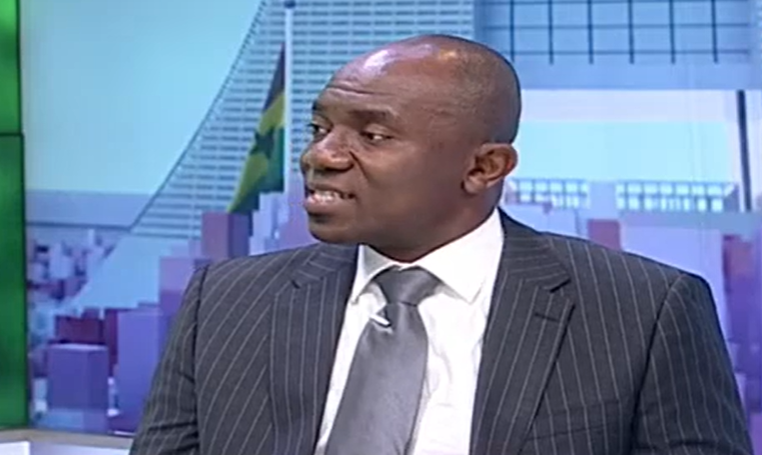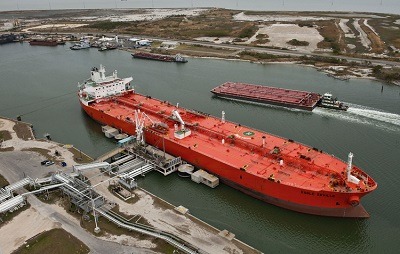In Monty Python’s Holy Grail King Arthur tells the black knight that he has no arms left, to which the knight replies: “It’s just a flesh wound.” This was how Standard Chartered’s Paul Horsnell described the so-called resilience of US shale production as he went on to critique commonly held views in the market.
The robustness of US production is certainly an important question, not least for OPEC strategy, with Horsnell arguing a sharp rise in the rig count, which is at its lowest ever according to Baker-Hughes, is needed to stabilize output.
Low prices have led to calls in the way the industry works. “No other industry would work backwards from the price of its output (in this case, hydrocarbons) in an attempt to justify the costs of its inputs (i.e. capital and operating costs),” said Allianz’s Chris Wheaton. He joked that the industry has often responded to underperformance with ‘it’s not our fault, the oil price did it,’ and he suggested the use of more technology appears to have increased costs and not cut them.
Wheaton’s key message was that 21st century oil needs to be a manufacturing business: standardization, repetition and low unit costs become competitive advantages. “Shell has 24 shades of yellow underwater paint,” he added, highlighting the overly complex nature the industry needs to address.
Moreover, Wheaton made the point that US shale is an example of poor capital allocation — everyone has capital with little differentiation and no requirement to a make a return on capital (or even return the capital). Shale will not ramp up as fast as it did in 2012-14 due to capital limitations and that the industry needs to deleverage.
The swing producer debate — the ability of a SUPPLIER to raise output from spare capacity — was also a hot topic: Kuwait Petroleum Company’s Abdulaziz al-Attar said OPEC will still respond to demand, while US tight oil will respond to price. He added that OPEC will continue to defend market share until the market stabilizes, estimating OPEC’s share will rise to 41.1% in 2017, its highest level since 2012. Saudi Arabia will be reluctant to lose Asian market share to Iran and Iraq and that could put its ability as swing producer in doubt. Energy Aspects’ Amrita Sen suggested that non-OPEC supply outside the US could become a swing factor later this year.
Horsnell also argued that the glut of oil has pretty much disappeared and that the rise in prices is not as speculative as many suggest, detailing the neutral positioning now in the market.
Were there any more myths or Monty Python anecdotes? Maybe the famous dead parrot sketch in reference to OPEC will be at the next Platts summit. “This parrot isn’t dead, it’s just resting.”
–
Platts





